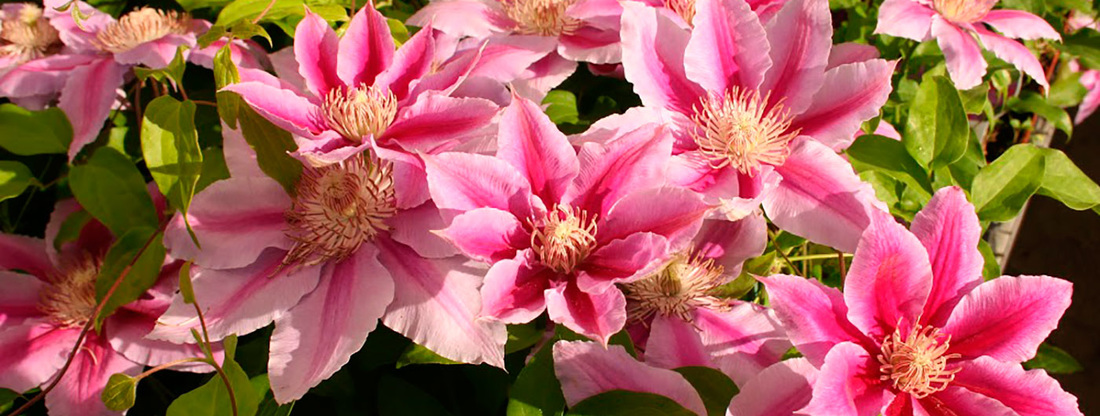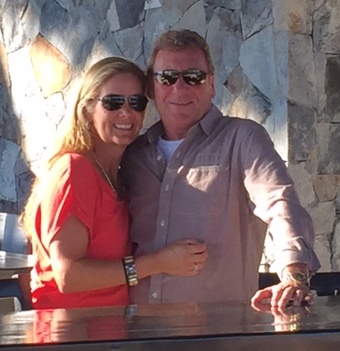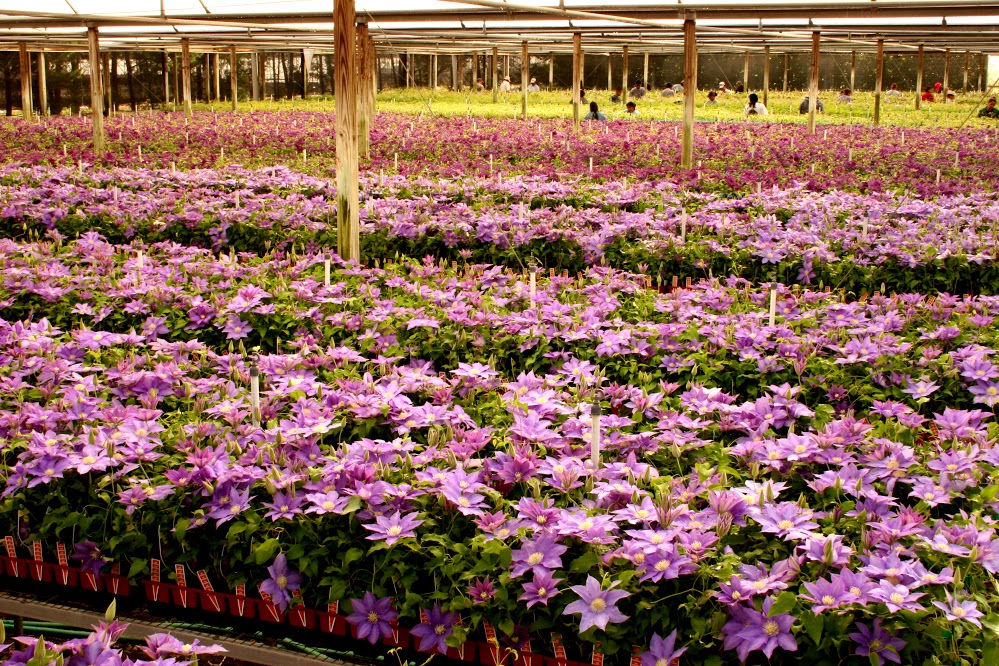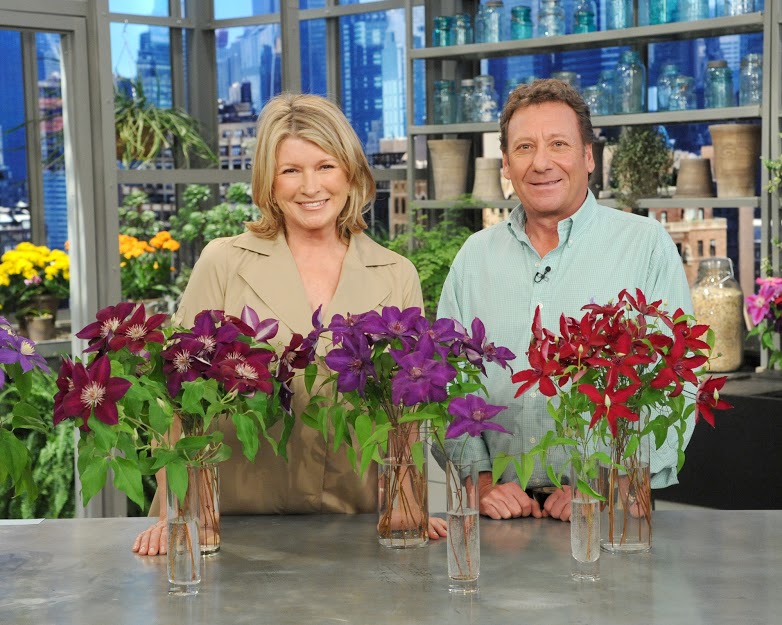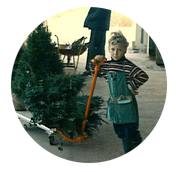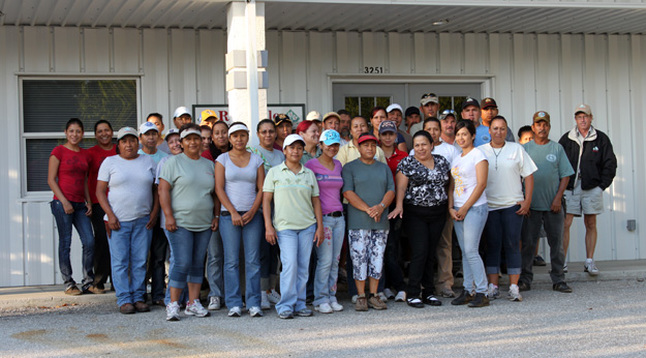the challenge: meeting investor expectationsPortrait of a First Green Bank Investor: David Raab
|
David was also aligned on a personal level with a business that was about more than just financial gain. |
David Raab’s and Ken LaRoe’s careers in Florida business have been intersecting, profitably for both, for the past 21 years. David’s family’s nursery began banking with Ken in 1994 when the latter was the Lake County loan officer for SouthTrust Corporation. In 1996 after David sold his interest in the family business, it was again through Ken that he secured a working line of credit and a mortgage for Roseville Farms when he ventured into clematis cultivation in the Orange County community of Apopka. A few years thereafter, in 1999, David invested in Ken’s first bank, Florida Choice. He cashed out very profitably when Florida Choice was sold to Alabama National Bancorporation in 2006.
In 2008, Ken again approached David to invest with him, this time in a “values-based” green bank. David says that he immediately grasped the financial value of investing in Ken’s proposed enterprise, given the highly receptive business climate at the time, when, he reports, “there was a big push to green up every industry.” David also identified with “the niche aspect” of Ken’s business model, having built his own nursery business growing over 100 varieties of a single plant type into one of the largest cultivators of clematis in the nation, if not the world. David was also aligned on a personal level with a business that was about more than just financial gain. “People love flowers and the one I grow has been hard to get historically,” he reports. “Over the years I have received many emails from people thanking me for bringing these new varieties of clematis to the market. We grow a beautiful, high-quality product, we are respected in the industry. All of those things have a great deal of value to me.” So it took little convincing for David to invest $500,000 in First Green Bank and to help raise funds from other investors. He reports that he has never since had a reason to be disappointed with his decision, as First Green Bank has since grown to over $330 million in assets. “Ken has been able to pull from that market niche a large segment of business—entrepreneurs and people who want to be part of a bank with such a great philosophy,” David maintains. He now believes First Green Bank is poised for even more rapid growth as it emerges from its de novo “handcuffs.” That period, during which the bank has been more intensely scrutinized by regulators, has been good for investors, David maintains. “We know the regulators have been watching our investment very closely and making sure the moves the bank makes are done with caution,” he asserts. “As much as that has been an entrepreneurial constraint— we could maybe have opened up two or three more branches than we have in the last six years — it has been a very methodical approach.” |
David identified with “the niche aspect” of the First Green Bank model, having built his own nursery business growing over 100 varieties of a single plant type into the largest cultivator of clematis in the nation.
In the final analysis David Raab is a pragmatic investor and businessman. But it turns out that he is also naturally drawn to cultivating what people value in more than dollars and cents terms, whether that be a clematis plant or a bank.The staff of Roseville Farms
|
In the final analysis David Raab is a pragmatic investor and businessman. But it turns out that he is also naturally drawn to cultivating what people value in more than dollars and cents terms, whether that be a clematis plant or a bank. He continues to hope that the seeds of Regenerative Capitalism that First Green Bank has sown in Central Florida will take root nationally and globally. “My hat’s off to Kenny who has proven that an industry dominated by great white sharks can also operate with a great deal of compassion and concern, not only for their customers but for the world,” he says. “He has proven that values and banking are not mutually exclusive. You have to start somewhere and Kenny has not wavered from his original perspective. In fact he has become stronger and a more vigorous advocate of the green movement and the values movement.”
It is David's belief that capitalism is evolving “toward a free society that provides for everyone, including the earth and the future, in such a way that philanthropy is not such a necessity.” He hopes one day his grandchildren will read in textbooks that a small Florida bank was at the forefront of that evolutionary change. |
more on meeting investor expectations:
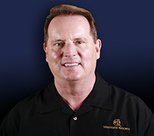
Jim Gissy, VP, Westgate Resorts and FGB investor
“I like the idea that their focus is thinking about sustainability of the environment. What good will it do if the environment is screwed up? It won’t matter how much money you have.” READ MORE |
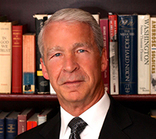
Evangelical Minister and First Green Bank Board Member Joel Hunter
"There has also been a certain amount of conflict on the board of directors and I see myself in a peacemaker role there." READ MORE |
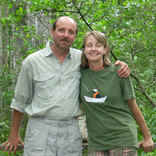
Marc and Terry Godt of Green Isle Gardens
...were not looking for short-term profit—but to make a long-term investment in their community and in a business they knew was aligned with their values—when they became shareholders in First Green Bank. READ MORE |
